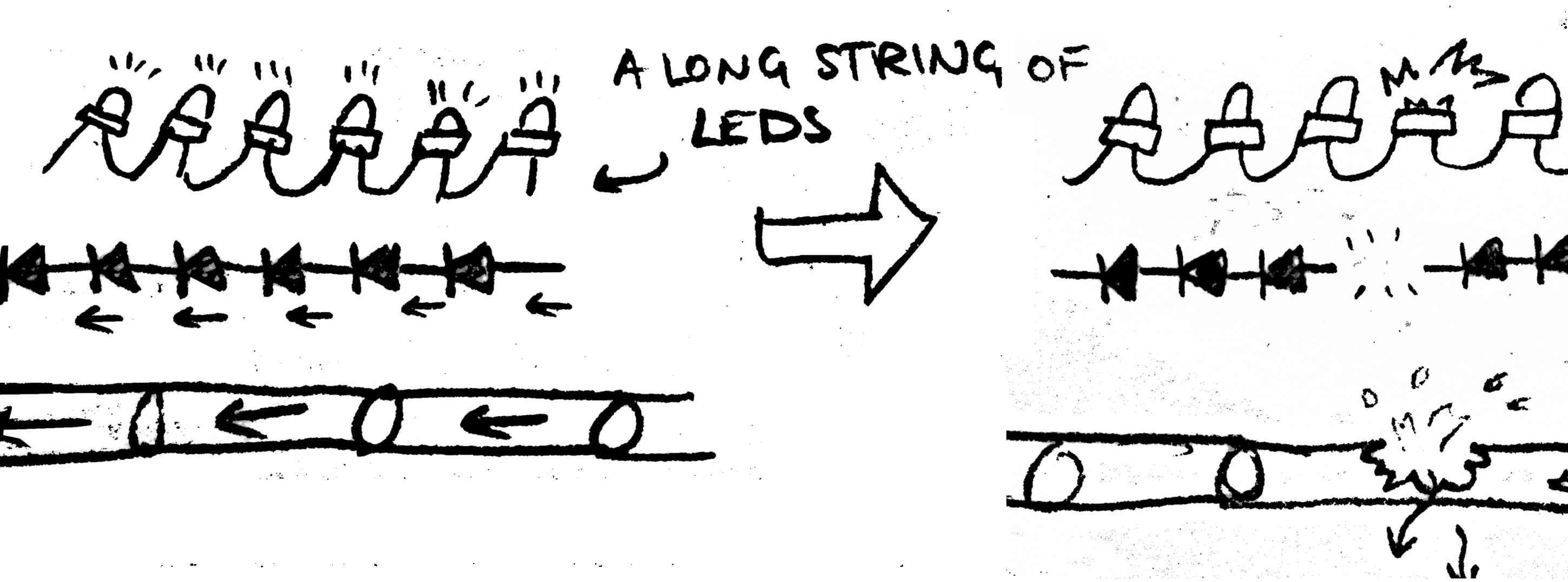Table of Contents
Series and Parallel
Remember that a current is caused by moving charges through the wires and components. Current is how many charges are moving through the wire - a huge flow, or a tiny trickle.
The amount of current you have usually depends on the resistance of your circuit - a low resistance means lots of current.
Voltage measures how much energy the current has. It is determined by the voltage of the battery.
Connecting in series and parallel
Circuit components can be connected in series or parallel as shown below:
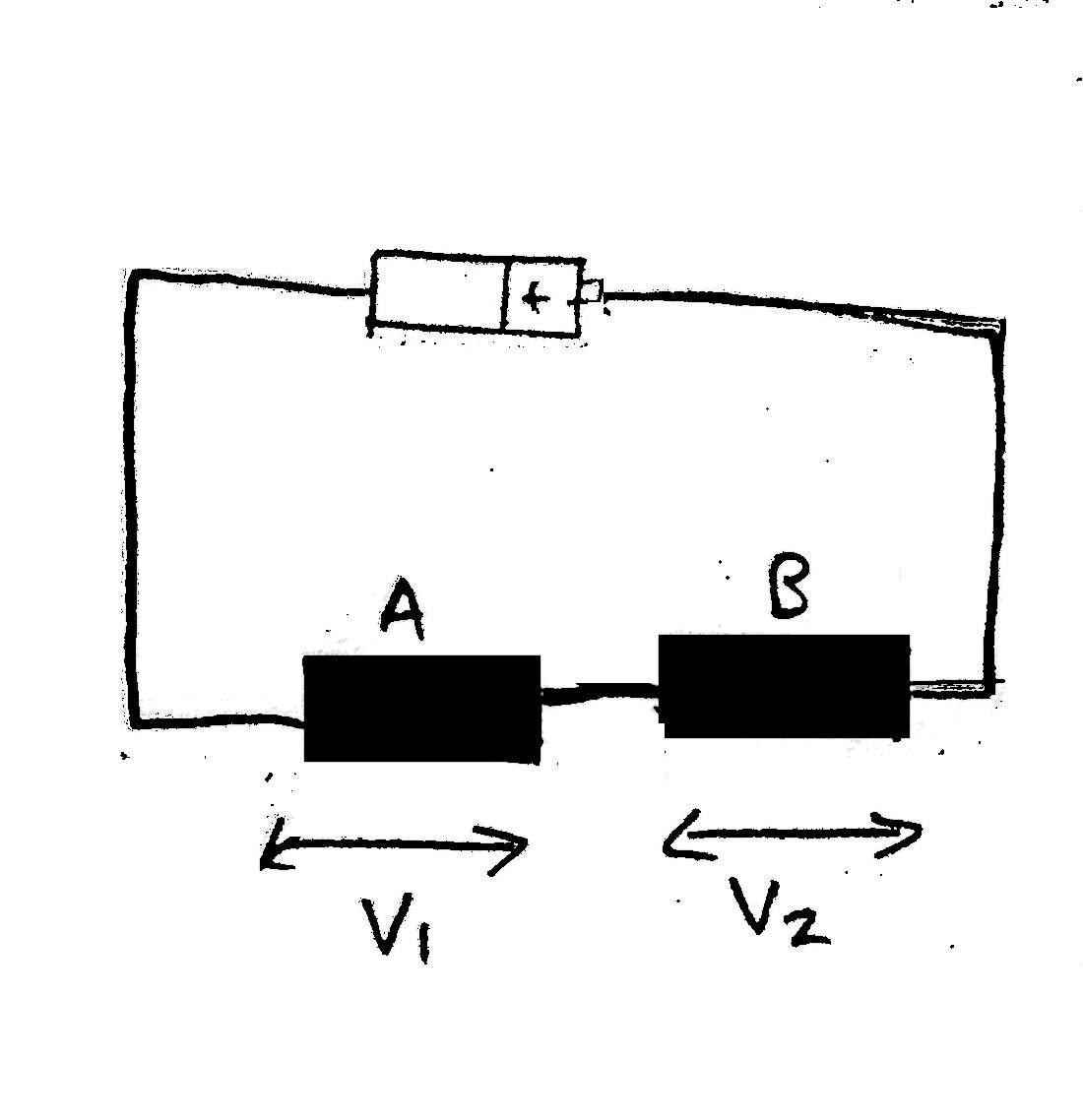
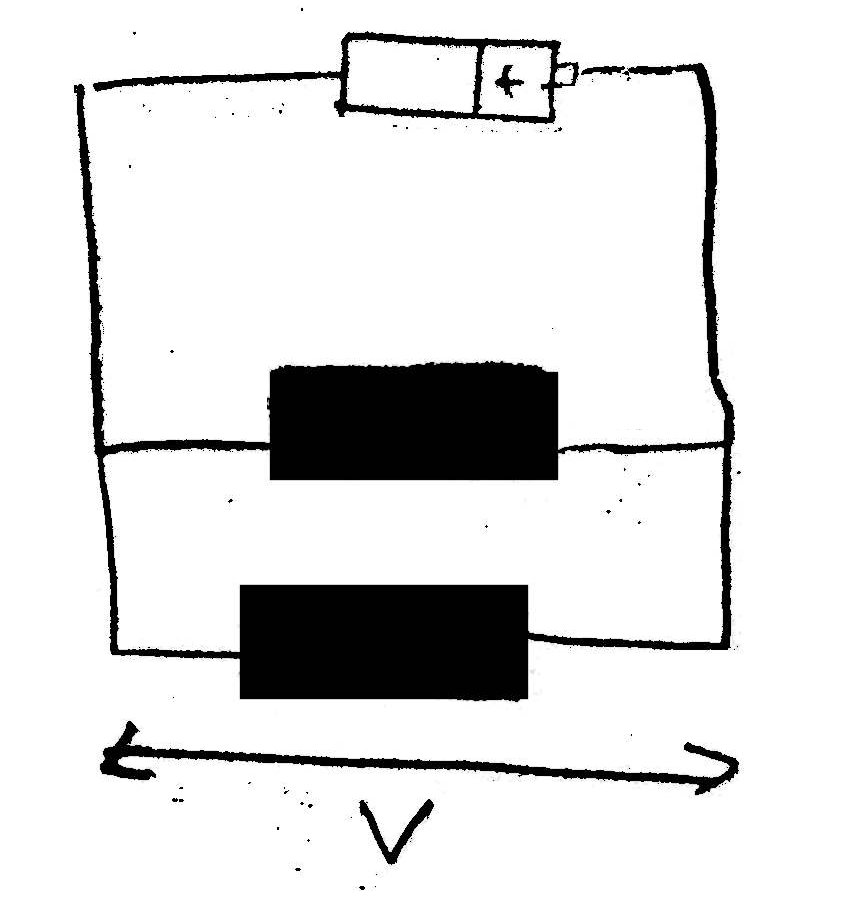
In series, the components are all in the same “loop”, while in parallel they are on separate branches in the circuit.
Current and Voltage
In parallel, the current divides between the two sections. For example, it is as if a pipe connected to a tank of water was split - the water would separate and flow down both sections of pipe. The current in each section adds up to the total current before the split.
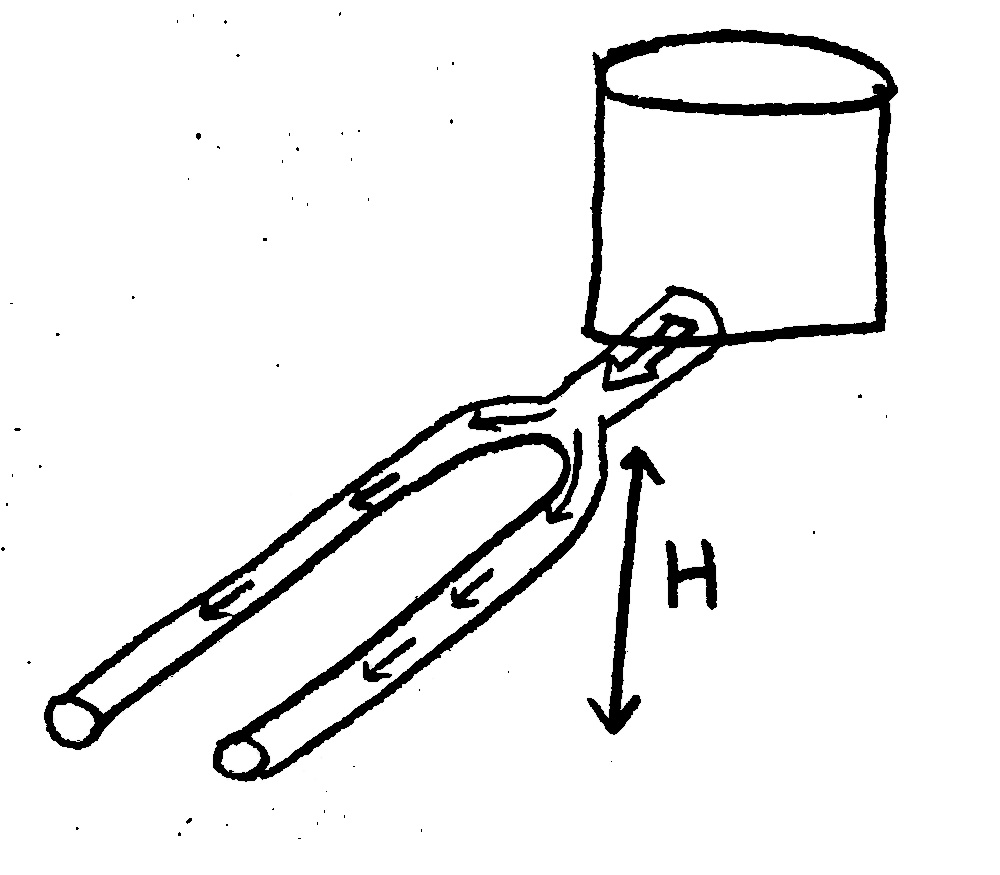
However, the voltage across the two sections stays the same. This is as if the pipes were both at the same height from the ground - the water has the same distance to fall in both branches.
In *series*, the same current goes through all the components - it is as if they are connected to the same “pipe”, with the same amount of water flowing though all of them.

However, the *voltage drop* across each component is different. This is as if different sections of the pipe dropped by different heights - the drop in height represents a change in potential energy, like a voltage drop.
The voltage drops of each of the different components add up to the voltage drop across the whole circuit.
Resistances
In series
When resistors are connected in series, they all have the same current going through them, and the voltage drops across each of them add up to the voltage drop of the whole circuit.
Since voltage is the current times the resistance, and the current is the same throughout, resistances in series also add. The sum of each resistor is the total resistance of the series circuit.
Resistance can be thought of as blockages in pipes - a higher resistance is a more blocked pipe that lets less water through. If pipes are connected in series, a very blocked pipe means a very small water flow, even if other less-blocked pipes are connected in line with it.
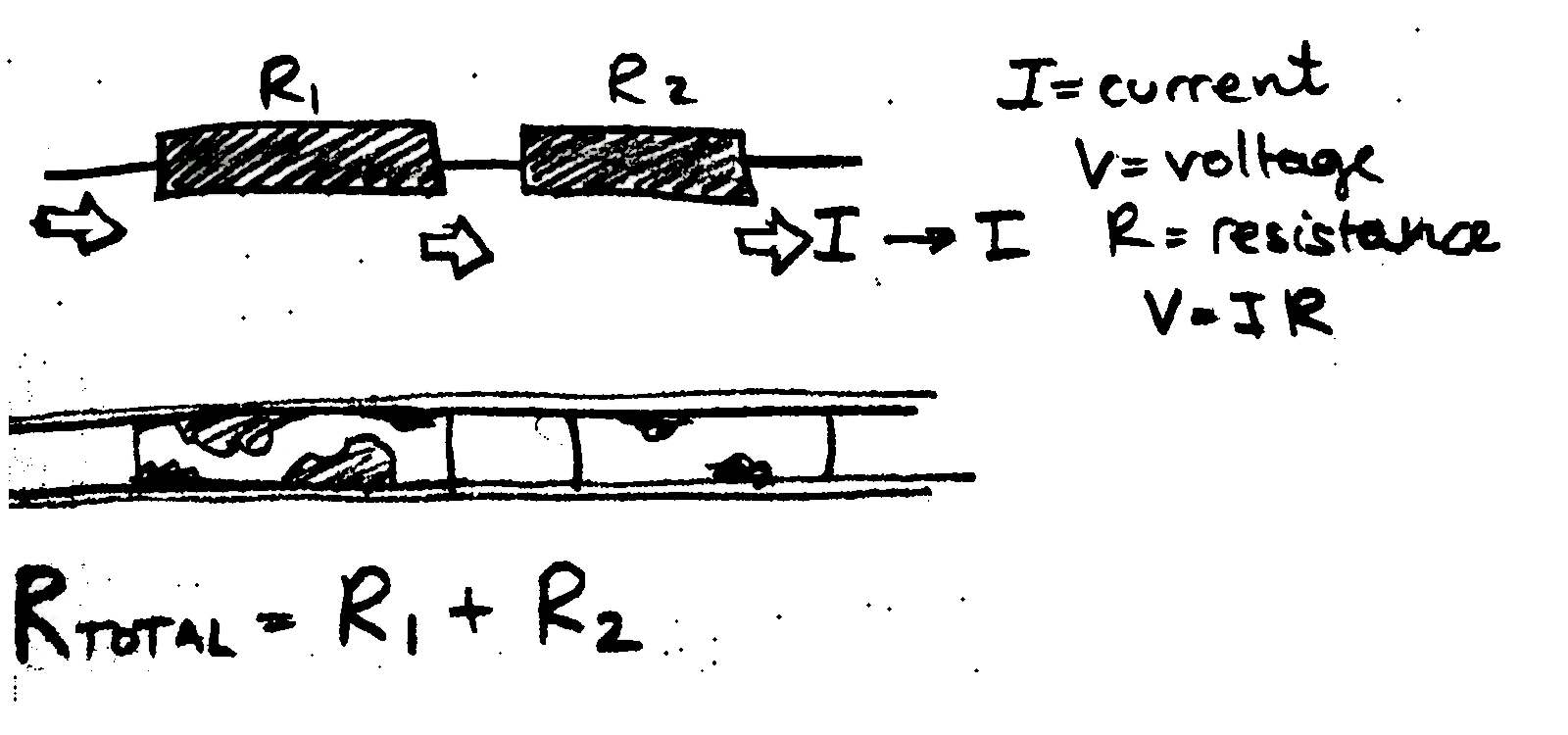
In parallel
In parallel, resistors add slightly differently. They all have the same voltage across them, but their *currents* all add up to the total current of the circuit. Using V = IR again:
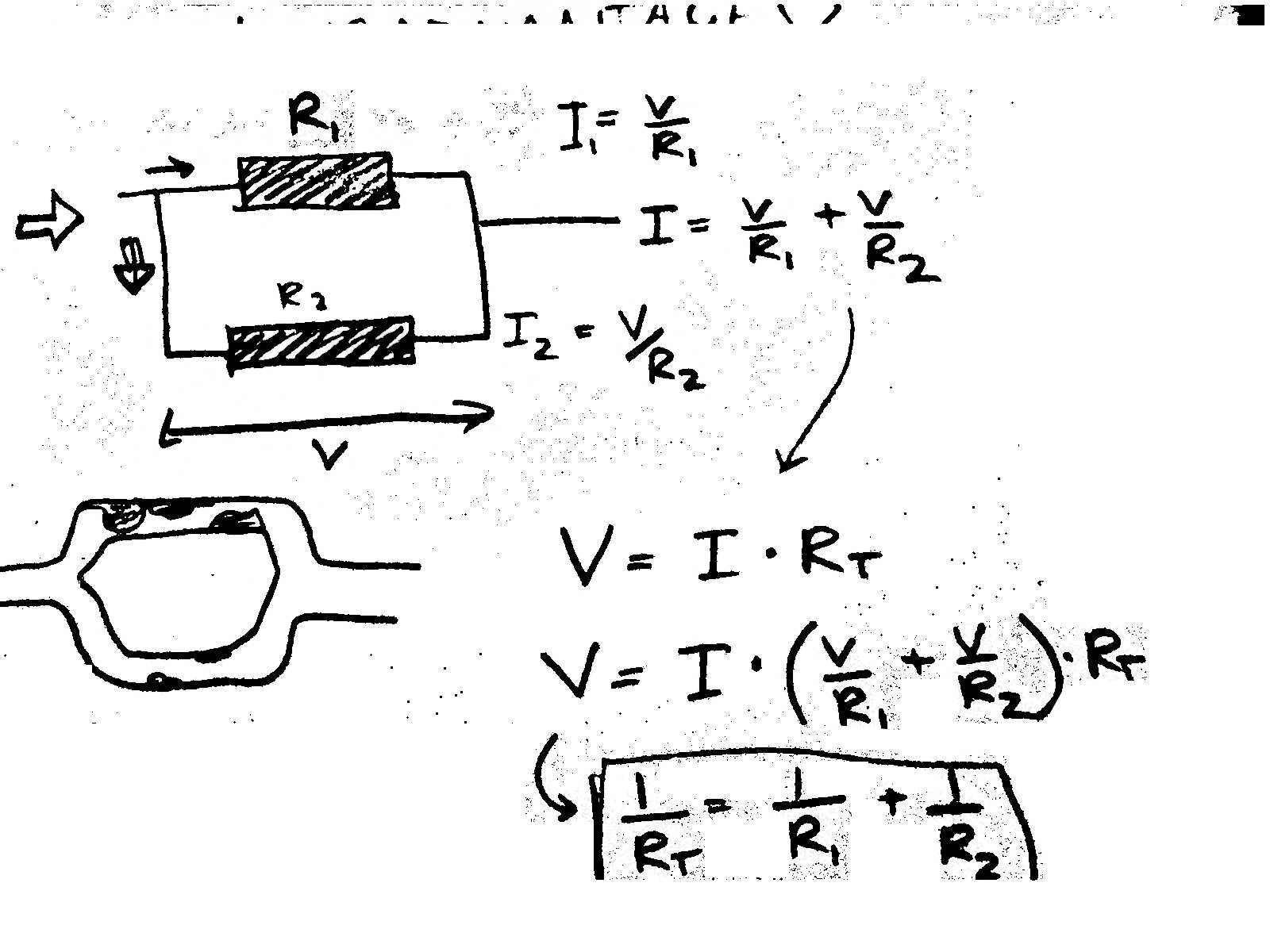
Again, resistors can be thought of as pipes - water splits up between different pipes, meaning more water can flow through than if they were connected in series. This is why the total resistance of components connected in series is actually lower than the resistance of the components themselves - the 'water' has more places to go, so more of it can flow.
Using Series/Parallel
Series
Since resistors add in series, connecting them this way is good if you need a large resistance, for example for limiting current.
If you have a components that require high current, connecting them in series draws less current for the system as a whole.
Parallel
If you have components that require a high voltage but low current, putting them in parallel means all the components will have the same voltage across them, and adding more will just decrease the current.
If you connected them in series, you'd have to have a larger voltage source, since their voltages would add.
Parallel connections are also good for building robust circuits that can take damage. If one branch of a parallel circuit is broken, the rest of the circuit will still work, since it is still a complete circuit.

However, with series connections, if part of the circuit is broken the whole circuit will stop working, since there are no alternative paths for the current to go along.
